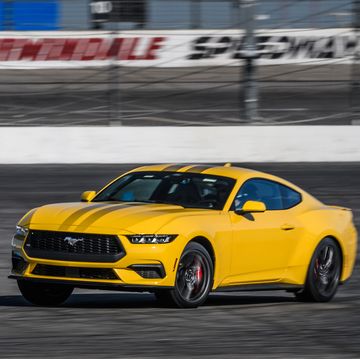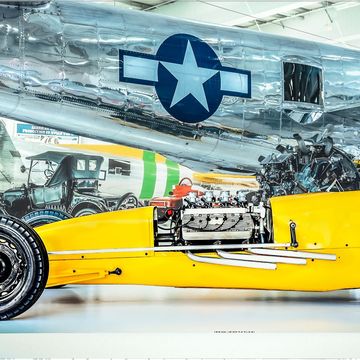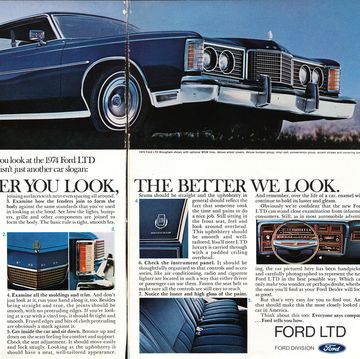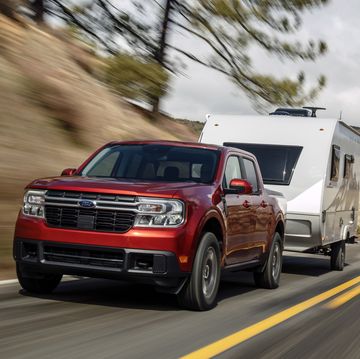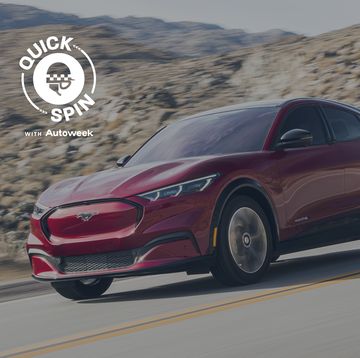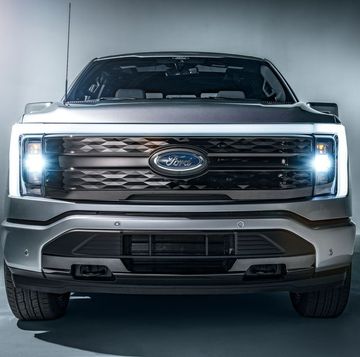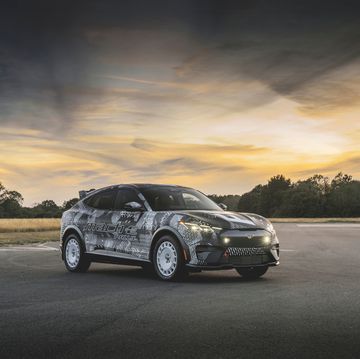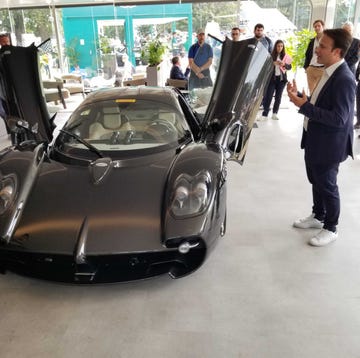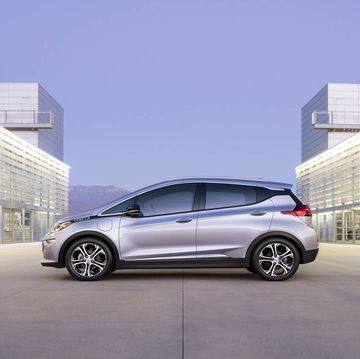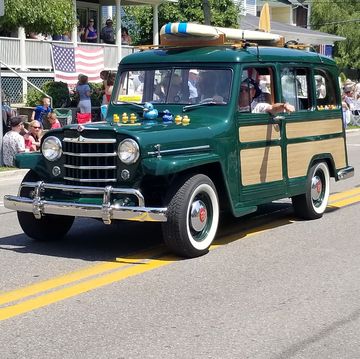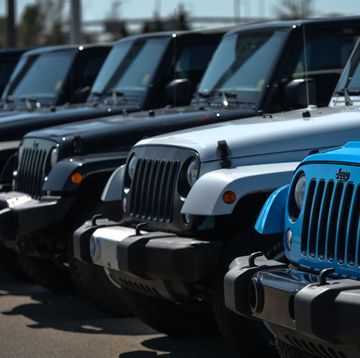A little over 90 years ago, on March 31, 1932, Ford brought power to the people—V8 power, which up until then could only be found in Cadillacs, Lancias, and cars like that. With the all-new 1932 Model 18, Henry Ford democratized the V8. Suddenly just about anyone could buy a powerful car that also looked good. And as soon as ’32 Fords got to be old cars, they and their flathead engines were scooped up by veterans returning from WWII and turned into hot rods, over and over again.
“Hot rods are still cars that are third or fourth or fifth owners that you can customize and make it your own,” said Terry Karges, director of the Petersen Automotive Museum. “But you start with something that's real affordable, that almost nobody wants anymore, and you start to personalize it.”
“It's the iconic hot rod,” said collector Bruce Meyer. “It's a great platform for innovation, and hot rodding is all about personalization, innovation, and performance. So when something's right, it just lasts. And you can see that it's pretty darn popular.”
To celebrate all that, the Petersen Automotive Museum in Los Angeles didn’t just host another cruise-in—though they did that—but they invented their own holiday, National Hot Rod Day, June 11, and invited owners of ’32 Fords to come and celebrate.
While signups suggested there might be 250 cars present, a little over 100 actually showed up. No matter, it was still a great day filled with horsepower, old friends, and stories of ’32s of yore.
“The '32 Ford was the first economically available V8 engine,” said hot rod author Pat Ganahl, who was wandering among the Deuces on the Petersen’s open-air parking deck. “And it was a totally new body style, thanks to Edsel Ford.” It was a body style that has easily stood the test of time, mainly due to its simplicity of design.
“From the Model A to the ‘32, you really got a little bit softer and smoother, there are a few more curves and compound curves and things to it,” said AMBR-winning hot rod builder Troy Ladd of Hollywood Hot Rods. “I think it really was a turning point in automotive design at the time… I think it's just a really nice design—it just works.”
It works over a number of body styles.
“You see all the different versions that are here today—three-windows, five-windows, roadsters, sedans—and they just all have a different feel and a different look,” said Ladd. “Maybe that's another thing that keeps the ‘32 going. It can be so different while being the same. Every one of these cars is totally different, although they're based on the same car.”
One thing people may not know about the ’32 Ford is the brevity of its time on the production line: It was a one-year car. "It didn't come out until I think it was March of ’32," said Ganahl. "And then they brought out the ‘33 at the usual time about September. So this thing was only in production for about six months. And then they changed the whole thing again. So they made it an iconic Ford. Probably not by design."
It was all lovely, but the average age of the rodders present at the Pete had to be over 80, which leads you to wonder, how much longer will hot rods be a thing? Do you ever worry about the future of hot rod enthusiasm? Is that gonna wane someday?
“That would depend on the class of hot rods,” said Karges. “I'm 76 so when I think about hot rods I think about a highboy roadster, but we did a tuner show with what we referred to today as tuner cars. That's still a hot rod. We had 2500 cars show up. You do an Enzo Ferrari Day, you get 300 Ferraris show up; Shelby, you get a mix of Cobras and Mustangs and you get 300 cars show up, 325. Do a tuner day and 2500 cars showed up on our first one.”
Math will suggest there is ten times as much interest in tuner cars—aka, imports, aka, Fast & Furious. “Yeah, the kids are able to buy an old Civic that's a thousand or 800 bucks and then they put the big cannon (exhaust) on the back and the wheels and the lowering, the stereo system, and they’re in heaven,” said Karges. “Same thing with a ‘32. So, the culture has changed. The cars are different, but it's still hot rodding.”
What might be the next big thing after the tuner kids? Maybe electric cars? “I would imagine,” said Karges. “They're gonna have hot rods. As technology goes, kids will figure out how to screw around with it like every other thing that has ever been made by man, and they will figure out how to tweak it and make it better, go faster.”
Karges cited an example he saw recently. “I was on PCH going up to the Malibu cruise-in a couple of months ago and there was a parade line about a half mile long of slammed mini trucks. There were absolute beaters, but these guys were so proud—they had car plaques in the back windows, big flags, so proud of their trucks. What are they into (monetarily) in their cars? Nothing, but they're out there having fun with their cars.”
Looking forward to 2032 and the 100th anniversary of the Deuce? Who’s planning to be around? Please share your '32 Ford memories below.





